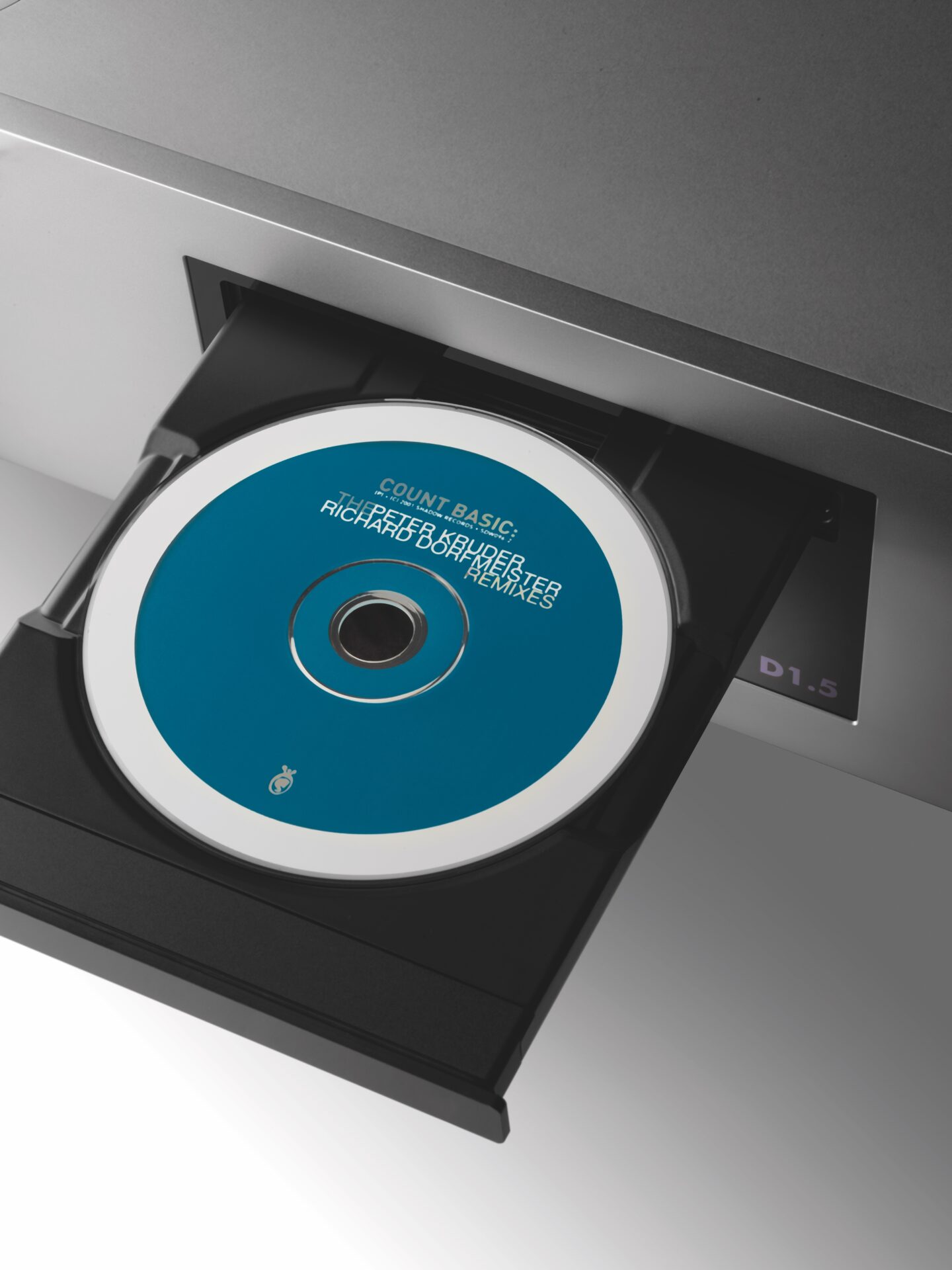At which point I walked over and selected a CD from the shelf at random (it was actually a Chandos recording of the Taneyev 2ndSymphony). Putting it in the drawer, selecting filter 1 and pressing play, I asked him, “What nationality is the composer?” He looked so utterly dumbfounded that it was immediately (shockingly!) apparent that not only did he not know the answer (which is fine – Taneyev isn’t exactly mainstream) he’d never even considered that this might be a question (and that definitely isn’t fine)… Listening to that disc on filter 1, you might well have guessed that the composer was English. Filter 2, Russian romantic – probably pre-Tchaikovsky. Filter 3, definitely Russian, probably contemporary with Tchaikovsky. Filter 4 simply sounded alien, musically incoherent, processed and unidentifiable. That filters sound different should come as no surprise. That those differences should be so fundamentally critical to the very nature of the music itself – and that a company should consider including all four – that’s scary. After all, musically speaking only one of them can ever be right – no matter what the maths tell you…
 The ability to give each recording its natural voice and character is a vital and surprisingly elusive aspect of high-end audio reproduction. From the above it should be clear that the D1.5 is essentially neutral in the true sense of the word. It’s temporal sophistication and intelligibility (its ability to make sense of complex and overlapping rhythmic patterns) means that it doesn’t have to indulge in the overt, colour-by-numbers tonal shaping that many DACs resort to in search of a more “analogue” sound. Instead, the D1.5 projects a natural tonal balance, natural perspective and natural sense of scale, allowing the recording to set the tonal and dimensional agenda rather than imposing one of its own. You hear that clearly on the Philips-sourced Masur recording, but it’s equally apparent on more modern material, such as the packed orchestral soundstage of the Savall Beethoven Symphonies (https://gy8.eu/blog/beethoven-revolution/) or the beautifully dimensional piano captured on Víkingur Ólafsson’s Debussy-Rameau disc (DGG 58522 182). Highs are extended and airy, sweet rather than cold or spot-lit, while the bass is deep, linear, transparent and unusually well textured. It’s a recipe for well-developed but natural (as opposed to heightened) sound-staging and the D1.5 throws both a convincing sense of acoustic spread and space and one that reflects each individual recording. In short, don’t look to this player to shape or compensate for imbalances elsewhere in the system. Instead, revel in its ability to differentiate performers and playing, recordings and production, while still maintaining a coherent sense of the musical whole.
The ability to give each recording its natural voice and character is a vital and surprisingly elusive aspect of high-end audio reproduction. From the above it should be clear that the D1.5 is essentially neutral in the true sense of the word. It’s temporal sophistication and intelligibility (its ability to make sense of complex and overlapping rhythmic patterns) means that it doesn’t have to indulge in the overt, colour-by-numbers tonal shaping that many DACs resort to in search of a more “analogue” sound. Instead, the D1.5 projects a natural tonal balance, natural perspective and natural sense of scale, allowing the recording to set the tonal and dimensional agenda rather than imposing one of its own. You hear that clearly on the Philips-sourced Masur recording, but it’s equally apparent on more modern material, such as the packed orchestral soundstage of the Savall Beethoven Symphonies (https://gy8.eu/blog/beethoven-revolution/) or the beautifully dimensional piano captured on Víkingur Ólafsson’s Debussy-Rameau disc (DGG 58522 182). Highs are extended and airy, sweet rather than cold or spot-lit, while the bass is deep, linear, transparent and unusually well textured. It’s a recipe for well-developed but natural (as opposed to heightened) sound-staging and the D1.5 throws both a convincing sense of acoustic spread and space and one that reflects each individual recording. In short, don’t look to this player to shape or compensate for imbalances elsewhere in the system. Instead, revel in its ability to differentiate performers and playing, recordings and production, while still maintaining a coherent sense of the musical whole.
Freedom of expression…
The degree to which most systems and particularly most transducers collapse these subtle distinctions passes almost unnoticed – until you hear a product that doesn’t compress expressive range. That’s exactly what the D1.5 achieves. It not only differentiates the various Beethoven performances, establishing the character or ‘voice’ of each in turn, it locates them in time, both in terms of the style of the performance and the style of the recording. It also achieves it irrespective of disc format and it’s both the musical qualities and their universal nature that advances it so fundamentally compared to its predecessor. It speaks volumes about the coherence with which the MORSe transport extracts the data – and with which the DAC processes it. Which is in turn significant as the D1.5 isn’t simply a standalone player, it’s the foundation stone on which the entire CH disc replay chain rests. Which in turn brings us to the X1…

